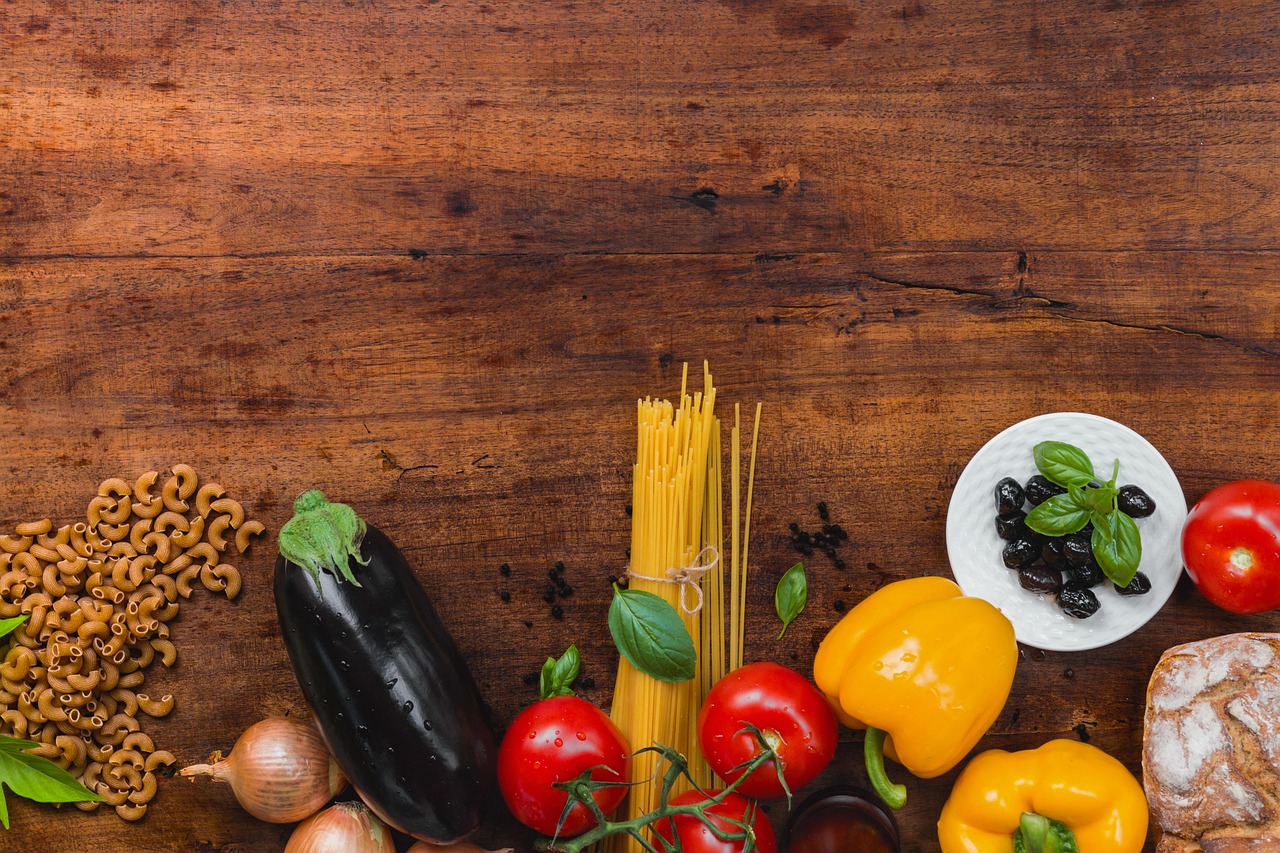Why Fiber Matters (And Are You Getting Enough?)
Did you know that 95% of Americans don’t eat enough fiber? Despite its well-known benefits—better digestion, weight management, and lower disease risk—most people fall short of the recommended 25–38 grams per day.
A high-fiber meal plan can transform your health, but where do you start? This guide delivers a science-backed, easy-to-follow plan packed with delicious foods, quick recipes, and expert tips to help you hit your fiber goals effortlessly.
The Benefits of a High-Fiber Diet (Backed by Science)
Fiber isn’t just about staying regular—it’s a powerhouse nutrient with proven health benefits:
✅ Supports Gut Health – Feeds good gut bacteria, reducing bloating and inflammation.
✅ Aids Weight Loss – Keeps you full longer, curbing cravings.
✅ Lowers Disease Risk – Reduces cholesterol, blood sugar, and colon cancer risk.
✅ Boosts Longevity – Linked to a 23% lower risk of early death (NIH study).
Soluble vs. Insoluble Fiber: What’s the Difference?
-
Soluble fiber (oats, beans, apples) – Dissolves in water, helps lower cholesterol.
-
Insoluble fiber (whole grains, nuts, veggies) – Adds bulk, prevents constipation.
A balanced meal plan includes both types for maximum benefits.
7-Day High-Fiber Meal Plan (Simple & Delicious)
This 1,800–2,200 calorie/day plan provides 30–40g of fiber daily with easy, tasty meals.
Day 1
-
Breakfast: Overnight oats (½ cup oats, 1 tbsp chia seeds, berries, almond butter) – 10g fiber
-
Lunch: Quinoa bowl (1 cup quinoa, black beans, avocado, spinach, lime dressing) – 15g fiber
-
Snack: Apple slices with 1 tbsp peanut butter – 5g fiber
-
Dinner: Baked salmon with roasted Brussels sprouts and sweet potato – 8g fiber
Day 2
-
Breakfast: Smoothie (spinach, banana, flaxseeds, Greek yogurt) – 7g fiber
-
Lunch: Lentil soup with whole-grain bread – 12g fiber
-
Snack: Handful of almonds and dried figs – 6g fiber
-
Dinner: Stir-fried tofu with broccoli, bell peppers, and brown rice – 9g fiber
*(Continue with 5 more days of varied, fiber-rich meals—contact for full plan!)*
Top 10 High-Fiber Foods to Stock Up On
-
Chia seeds (10g per oz) – Add to smoothies, yogurt, or pudding.
-
Lentils (15g per cup) – Perfect for soups and salads.
-
Avocado (10g per cup) – Great on toast or in wraps.
-
Raspberries (8g per cup) – A sweet, fiber-packed snack.
-
Almonds (4g per oz) – Ideal for on-the-go energy.
-
Oats (4g per ½ cup) – A breakfast staple.
-
Black beans (15g per cup) – Use in tacos or bowls.
-
Broccoli (5g per cup) – Steam, roast, or stir-fry.
-
Whole-wheat pasta (6g per cup) – A healthier carb swap.
-
Pear (6g per medium fruit) – Eat with skin for extra fiber.
Pro Tips to Sneak in More Fiber (Without Noticing!)
-
Swap white rice for quinoa or farro (+5g fiber per serving).
-
Add flaxseeds to baked goods (2 tbsp = 4g fiber).
-
Choose whole fruit over juice (more fiber, less sugar).
-
Snack on popcorn (3 cups = 4g fiber).
-
Start meals with a veggie soup or salad (fills you up first).
Common Mistakes to Avoid
❌ Increasing fiber too fast → Can cause bloating. Solution: Gradually add 5g per day.
❌ Not drinking enough water → Fiber needs fluid to work properly. Aim for 8+ cups daily.
❌ Only relying on supplements – Whole foods offer better nutrients.
Final Thoughts: Make Fiber a Habit
A high-fiber meal plan doesn’t have to be bland or complicated. With smart swaps and delicious recipes, you can boost digestion, lose weight, and feel more energized—all while eating foods you love.
Ready to try it? Start with one high-fiber meal today and build from there. Your gut (and waistline) will thank you!










